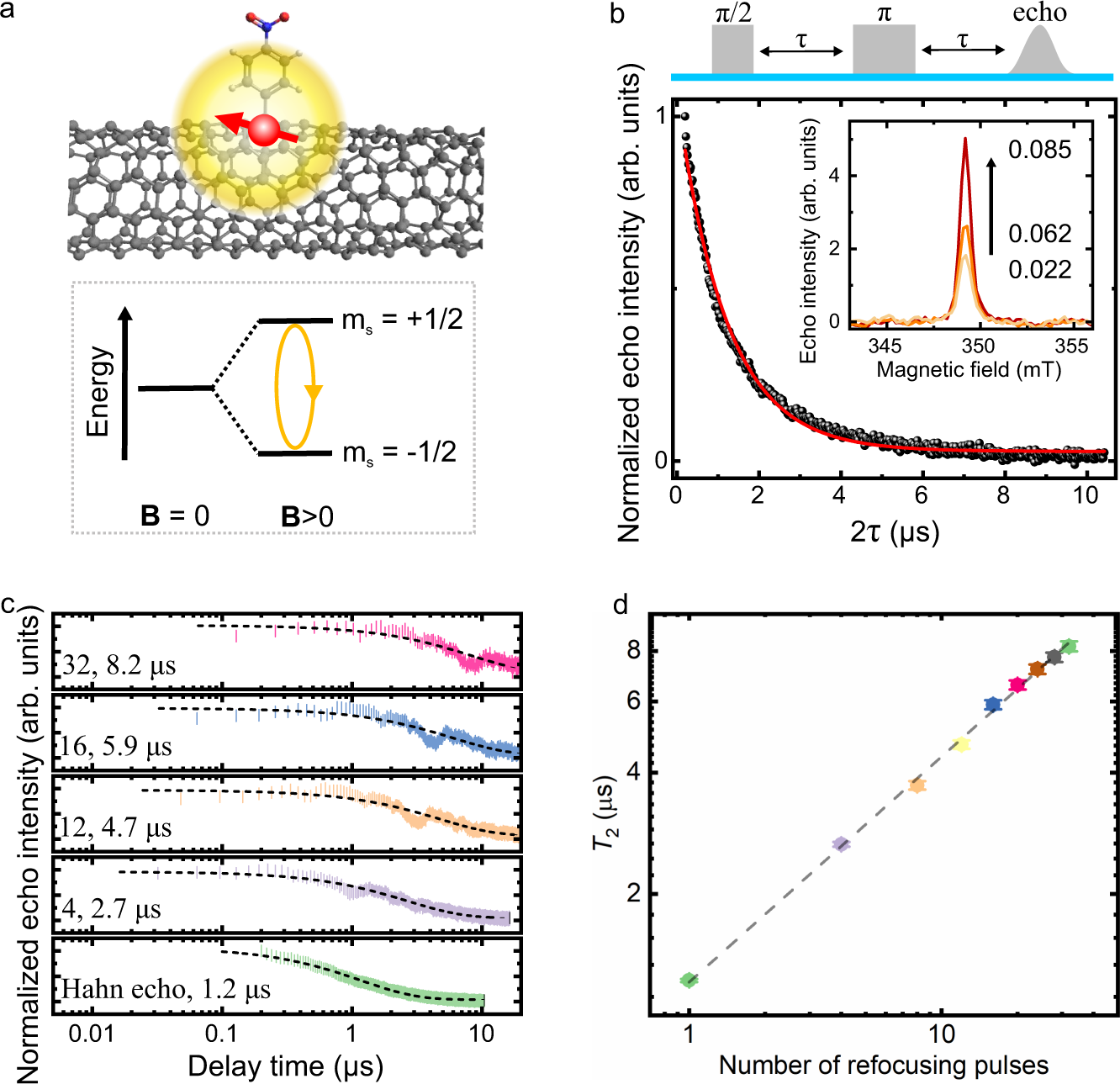科学者たちは、カーボンナノチューブ材料が、量子情報技術に使用される量子ビットを回転させ続けるための理想的なホストになることを発見しました。 Scientists find that a tubular nanomaterial of carbon makes for ideal host to keep quantum bits spinning in place for use in quantum information technologies.
2023-03-06 アルゴンヌ国立研究所(ANL)
従来は、電子スピンを保持するためにナノスケールのデバイスを使用する必要があったが、同研究所のチームは、原子構造を化学的に変更することで、スピンを一つの場所に閉じ込める方法を考案した。
カーボンナノチューブは、量子デバイスに容易に統合でき、情報を読み取る方法も多数存在するため、今後、量子情報技術の応用につながると期待されている。
<関連情報>
- https://www.anl.gov/article/an-innovative-twist-on-quantum-bits-tubular-nanomaterial-of-carbon-makes-ideal-home-for-spinning
- https://www.nature.com/articles/s41467-023-36031-z
単層カーボンナノチューブにおける長寿命な電子スピン量子ビット。 Long-lived electronic spin qubits in single-walled carbon nanotubes
Jia-Shiang Chen,Kasidet Jing Trerayapiwat,Lei Sun,Matthew D. Krzyaniak,Michael R. Wasielewski,Tijana Rajh,Sahar Sharifzadeh & Xuedan Ma
Nature Communications Published:15 February 2023
DOI:https://doi.org/10.1038/s41467-023-36031-z

Abstract
Electron spins in solid-state systems offer the promise of spin-based information processing devices. Single-walled carbon nanotubes (SWCNTs), an all-carbon one-dimensional material whose spin-free environment and weak spin-orbit coupling promise long spin coherence times, offer a diverse degree of freedom for extended range of functionality not available to bulk systems. A key requirement limiting spin qubit implementation in SWCNTs is disciplined confinement of isolated spins. Here, we report the creation of highly confined electron spins in SWCNTs via a bottom-up approach. The record long coherence time of 8.2 µs and spin-lattice relaxation time of 13 ms of these electronic spin qubits allow demonstration of quantum control operation manifested as Rabi oscillation. Investigation of the decoherence mechanism reveals an intrinsic coherence time of tens of milliseconds. These findings evident that combining molecular approaches with inorganic crystalline systems provides a powerful route for reproducible and scalable quantum materials suitable for qubit applications.



